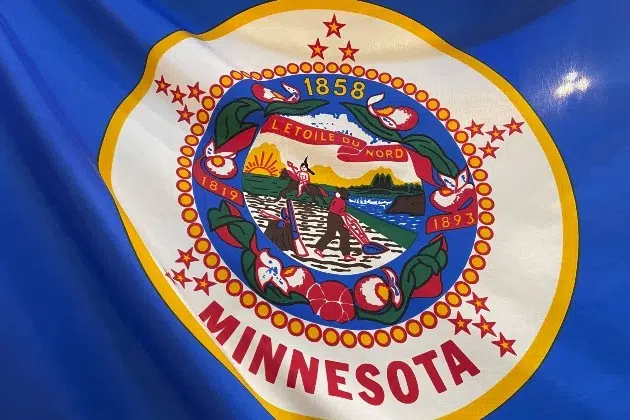(KNSI) – The submissions are in, and the finalists have been selected for Minnesota’s new state flag and seal.
The 2023 Legislative session ordered both changed because they considered them offensive to Native Americans. The seal depicts a native warrior riding off into the sunset while a settler plows a field with a rifle leaning on a nearby stump. The imagery suggests to some that the Indigenous people were defeated and going away while settlers had won and were staying.
For weeks, a committee took suggestions from the public. The more than 2,600 entries were whittled down to six candidates for the flag and five for the seal. The designs may yet be modified, including changing shapes and colors. The Minnesota Emblems Redesign Commission will select the final designs next month.
The flag finalists reflect common themes and elements. They all have a star, a nod to the state’s motto, “L’Etoile du Nord,” meaning The Star of the North, and some shade of blue for the land of 10,000 lakes. A few included the colors green and white.

Minnesota Historical Society

Minnesota Historical Society

Minnesota Historical Society

Minnesota Historical Society

Minnesota Historical Society

Minnesota Historical Society
The seal selection featured a loon, which is the state bird, or some form of the North Star for Minnesota’s moniker of the North Star State.

Minnesota Historical Society
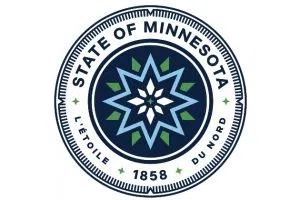
Minnesota Historical Society
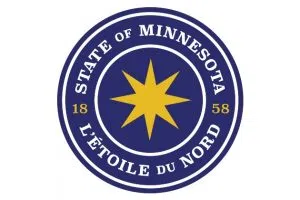
Minnesota Historical Society
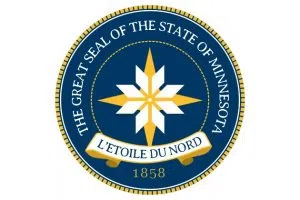
Minnesota Historical Society
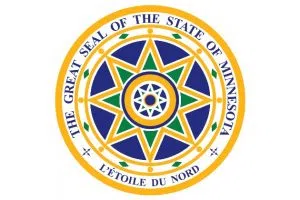
Minnesota Historical Society
Minnesotans will get to share with the commission their feedback on the designs. Unless the Legislature rejects the final selections, the new emblems will automatically become official on May 11th, 2024, Minnesota Statehood Day.
According to the Minnesota Secretary of State’s website, the current flag was adopted in 1957. Pictured in the center of the flag is the state seal. Three dates are woven into a wreath of the state flower: 1858, the statehood year; 1819, the year Fort Snelling was established; and 1893, the year the original flag was adopted. Nineteen stars ring the wreath, symbolizing that Minnesota was the 19th state to enter the Union after the original 13. The largest star represents the North Star and Minnesota.
The secretary of state says the current state seal is rich in symbolism. The sun, visible on the western horizon, signifies the flat plains covering much of the state. The cultivated ground and plow symbolize the importance of agriculture. The Mississippi River and St. Anthony Falls are depicted to note the importance of Minnesota’s natural resources for trade and commerce. The three pine trees represent the state tree, the Red or Norway pine, and the three great pine regions of the state, including the St. Croix, Mississippi, and Lake Superior. The tree stump symbolizes the importance of Minnesota’s timber industry. The American Indian on horseback represents the great American Indian heritage of the state, while the horse, spear, axe, rifle, and plow represent important tools used for hunting and labor.
___
Copyright 2023 Leighton Enterprises, Inc. All rights reserved. This material may not be broadcast, published, redistributed, or rewritten, in any way without consent.
